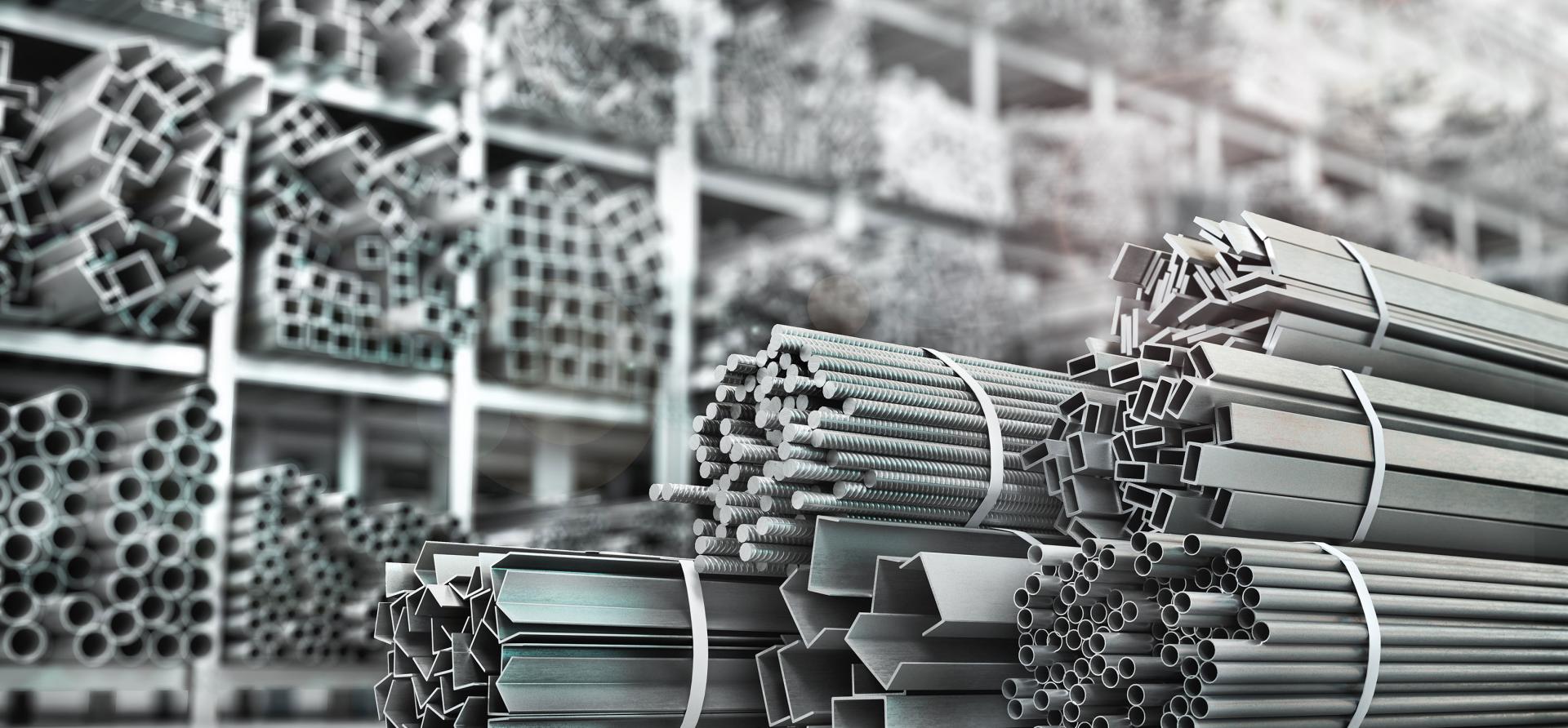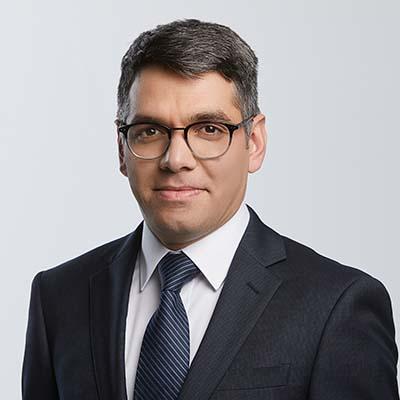MENA, a potential new hub for green steel and green iron metallics

Key Findings
The Middle East and North Africa (MENA) region has the high-grade iron ore supply, existing DRI capacity, green hydrogen potential and renewable energy resources necessary for producing green steel, putting it at an advantage worldwide.
New investments in these green steel prerequisites in the MENA region by major iron ore, steel and energy producers underline the potential of the region in the green steel transition.
The MENA region could become the next green steel development hub if it uses some green hydrogen from proposed new projects domestically for low-carbon iron and steelmaking for export or domestic demand.
During the COP27 climate summit, host country Egypt signed eight agreements to develop green hydrogen. Among the announcements, one of the largest was an agreement with Fortescue Future Industries to build 7.6GW of renewable energy, which has the potential to produce 330 kilo-tonnes of green hydrogen annually.
Green hydrogen is just one of the materials required for the transition towards green steel. Others include low-emission iron-containing materials (metallic charges) such as scrap steel and green hydrogen-based direct reduced iron (DRI) and hot briquetted iron (HBI).
The competition for securing raw material for green steel production has already started.
These essential raw materials and abundant sources of renewable energy are not available worldwide. The competition for securing raw material for green steel production has already started.
An insufficient supply of suitable iron ore, for example, is one of the potential headwinds for steelmakers looking to decarbonise operations and shift technologies from blast furnaces that consume coal to green hydrogen-based DRI processes.
Recently, a number of major global steelmakers and iron ore producers have announced projects in the Middle East and North Africa (MENA) region that are focused on producing high-grade iron ore, DR-grade pellets, low-carbon DRI and green hydrogen.
Emirates Steel Arkan, the UAE’s largest steel and building material producer, announced in October 2022 that it is working on producing DRI in Abu Dhabi in collaboration with two Japanese companies – ITOCHU as a supplier of high-grade iron ore and JFE Steel as one of the end users of the DRI.
Japan’s Renewable Energy Institute considers the import of green hydrogen-based DRI into Japan as HBI to be one of the three key pillars of zero-carbon steelmaking in Japan.
The UAE project, which is in the feasibility study stage, is expected to commence in the second half of 2025 and supply ferrous raw materials to steel producers in Asia. The project’s technology would initially be a gas-based direct reduction with the option of using green hydrogen in the future to reduce the project’s carbon footprint. The studies are focused on establishing a steel raw material hub in Abu Dhabi to meet the increasing demand for fossil-free steel.
Further expansions of the supply of iron ore suitable for DRI have been announced in the MENA region during the year.
Further expansions of the supply of iron ore suitable for DRI have been announced in the MENA region during the year.
In November 2022, Brazilian miner Vale, the third-largest iron ore miner and largest producer of iron ore pellets in the world, signed a memorandum of understanding (MoU) with Saudi Arabia’s National Industrial Development Center to construct an iron ore pelletising plant in Ras Al-Khair Industrial City. The plant would have an annual capacity of 4 million tonnes and US$1.1 billion CAPEX. It would also be Vale’s second investment in the MENA region after its pelletising plants commenced in Oman in 2011.
In another November announcement, Vale revealed its intention to establish green briquette megahubs in the Middle East. Vale will provide iron ore fines to three concentration plants in Saudi Arabia, UAE and Oman. This will be agglomerated into green briquettes of a grade high enough to be used in DRI furnaces.
Vale stated that its “green briquette production is expected to feed the HBI and other steel products plants that will be constructed in the megahubs. There is no expectation of exporting green briquettes to other markets.”
In North Africa, ArcelorMittal signed an MoU in May 2022 with the second-largest iron ore miners in Africa, SNIM, to assess the possibility of developing a pelletisation and DRI plant in Mauritania. The project would take advantage of the country’s potential for renewable energy and green hydrogen production.
Energy giant bp signed an MoU with Mauritania during COP27 to evaluate green hydrogen production potential in that country.
New hydrogen project announcements have been accelerating during 2022. The Middle East and Africa has seen more than $70 billion of announced hydrogen projects since mid-2020. Egypt, UAE and Saudi Arabia are at the vanguard of the growing green hydrogen economy in the MENA region.
These announcements and investments from major global players in steel, iron ore and energy underline the MENA region’s potential to play a key role in the steel transition by becoming a green metallics (green HBI/DRI) and green hydrogen producer and exporter.
MENA has significant advantages over other regions of the world when it comes to steel decarbonisation.
It already has the key ingredients for producing green steel – an expanding supply of DR-grade iron ore, a fleet of operational DRI plants that could be converted to use green hydrogen, cheap renewables through excellent solar radiation resources that could be harnessed to make that green hydrogen, and enough space and lands for allocating to such large-scale green projects. It is also a prime geographic location for exporting raw materials and finished products.
However, almost all of the current green hydrogen projects that have been announced in the MENA region target export markets. Instead of exporting all the green hydrogen, some could be kept to produce green DRI and steel locally for export as HBI and to meet domestic steel demand.
After Egypt, COP28 will be held in the UAE, another MENA country. As the UAE prepares for the next conference, momentum in the energy transition and the opportunity it brings will only grow over the next 12 months.
Jindal Shadeed Group announced in December that they would invest more than US$3 billion in green steel in Oman by 2026. The company operates a steelmaking plant with a capacity of 2.4 million tonnes annually using gas-based DRI technology and aims to build a new plant that can use green hydrogen with an annual capacity of 5 million tonnes to make green steel. MENA’s manufacturers will consume up to 40% of production, and the rest will be exported to meet green steel demand worldwide, focusing on special automotive products for producers in Europe and Japan.
By using some green hydrogen from proposed new projects domestically for low-carbon steelmaking to export green steel or HBI, or to meet domestic steel demand, the MENA region could follow the green steel progress made in Europe in 2022 and become the next green steel development hub.















